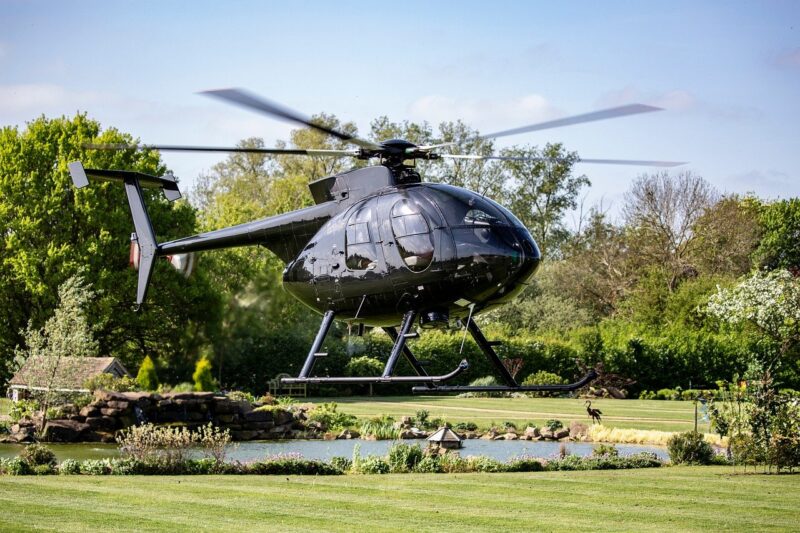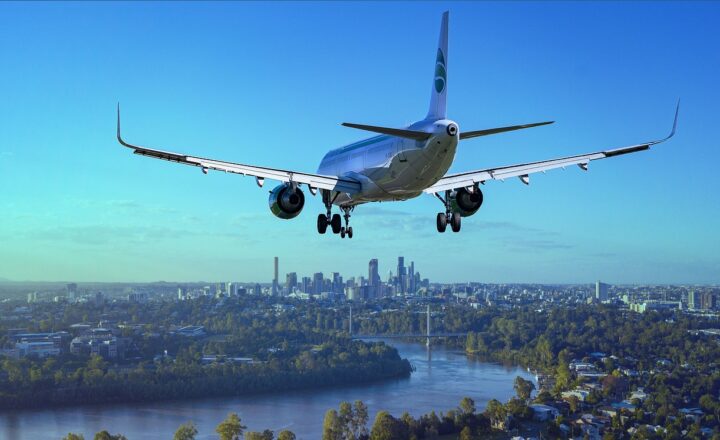Aviation Milestones That Changed History: From the Wright Brothers to SpaceX
November 15, 2024

The story of aviation is one of human ingenuity, courage, and the unyielding quest for exploration and innovation. From the fragile contraptions of the Wright Brothers to the cutting-edge technology of SpaceX, aviation has transformed the way we perceive and interact with the world.
Aviation has continuously evolved, pushing the boundaries of what is possible. As we delve into the pivotal moments that have shaped the course of aviation history, we reflect on the milestones that have not only revolutionized air travel but have also altered our society, economy, and even our global understanding.
1. The Wright Brothers: The Genesis of Aviation
The story begins in 1903, when Orville and Wilbur Wright achieved the first controlled, powered flight in Kitty Hawk, North Carolina. With their aircraft, the Wright Flyer, the brothers proved that human flight was possible. This monumental achievement laid the groundwork for future experimentation and advancements in aviation technology.
The significance of this moment cannot be overstated. The Wrights’ systematic approach to aeronautics and their pioneering inventions inspired a generation of engineers and inventors, spurring on advances that would eventually lead to commercial aviation and military aircraft.
2. The Golden Age of Aviation (1920s-1930s)
The 1920s and 1930s are often regarded as the “Golden Age of Aviation”, as this era witnessed rapid advancements and increased public interest in air travel. Iconic figures like Charles Lindbergh made headlines with the first solo nonstop transatlantic flight in 1927, which further fueled the public’s fascination with aviation.
During this time, commercial aviation began to take shape, and airlines such as Pan Am started offering transcontinental flights. The introduction of passenger airliners like the Douglas DC-3 revolutionized air travel, making it more accessible and comfortable.
Essentially, this era solidified aviation as a fundamental component of modern society by connecting people and places around the globe like never before.
3. World War II: The Acceleration of Aviation Technology
World War II brought unprecedented advancements in aviation technology. The war necessitated the development of faster, more powerful aircraft, leading to important innovations such as radar, jet engines, and pressurized cabins. The introduction of the Boeing B-17 Flying Fortress and the supermarine Spitfire underscored the importance of aircraft in modern warfare.
Furthermore, aviation became a crucial tool for logistics, reconnaissance, and transportation of troops, which helped shape military strategies. The innovations born from wartime efforts would eventually trickle down to civilian aviation, improving safety and efficiency.
The post-war period also saw the birth of the commercial jet age, with aircraft like the Boeing 707 making international travel faster and more efficient than ever.
4. The Jet Age: Revolutionizing Air Travel (1950s-1970s)
The 1950s ushered in the Jet Age as commercial jetliners like the Boeing 707 and the Douglas DC-8 transformed the aviation landscape. These jets reduced travel times significantly compared to earlier propeller aircraft, making long-distance air travel feasible for the general public.
Not only did the introduction of jet technology democratize air travel, but it also played a fundamental role in globalization, enabling airlines to expand routes and offer international travel at competitive prices. The boom in air travel during this time fostered economic growth, tourism, and cultural exchange across continents.
5. Space Exploration: Breaking Beyond the Atmosphere
In the 1960s, aviation milestones took on a new dimension as humanity sought to explore beyond our planet. The establishment of NASA and the launch of the Saturn V rocket marked pivotal moments in human history. The Apollo 11 mission in 1969 landed the first humans on the Moon, showcasing the possibilities of space travel and technological advancements in aviation and engineering.
The advancements achieved during these space missions would eventually trickle down into commercial and military aviation, improving spacecraft and aircraft design, materials, and safety measures.
6. The Age of Supersonic Flight: Concorde and Beyond
The Concorde, a joint British-French supersonic passenger airliner, took its first flight in 1969 and entered service in 1976. It could travel at speeds over twice that of sound, reducing transatlantic flight times significantly and marking a new era of luxury air travel.
While operating the Concorde involved high costs and regulatory hurdles, it captured public imagination and represented the potential for high-speed travel. The era of supersonic travel posed unique challenges, especially regarding environmental impact and noise pollution, prompting ongoing discussions about future advancements in aviation technology.
7. Modern Innovations: Drones and Electric Air Travel
Today’s aviation landscape is rapidly evolving with the advent of technology. Drones, a game-changing innovation, have diverse applications in sectors like logistics, agriculture, surveillance, and disaster relief. Delivery services are increasingly utilizing unmanned aerial vehicles to enhance efficiency in transportation.
Furthermore, companies are researching electric aircraft to significantly reduce emissions and operational costs. Electric and hybrid technologies are paving the way for sustainable aviation solutions, echoing the growing concern for environmental sustainability in air travel.
8. SpaceX and the New Era of Commercial Space Travel
As we look toward the future, SpaceX has emerged as a pioneering force in revolutionizing access to space. The successful launch of the Falcon 1, Falcon 9, and the Crew Dragon spacecraft has demonstrated not only the feasibility of reusable rocket technology but has also paved the way for commercial space travel.
Elon Musk’s ambitious vision for interplanetary travel, particularly the colonization of Mars, captivates the public’s imagination, raising questions about humanity’s future as a multi-planetary species. The developments in rocket technology echo the progress made in aviation, reminding us that aviation milestones will continue to shape our exploration of the universe.
Conclusion: The Road Ahead
The journey of aviation history is marked by remarkable milestones that not only reflect advancements in technology but demonstrate the human spirit of innovation and exploration. As we look ahead, the aviation industry continues to push boundaries, embracing new technologies and responding to global challenges.
Each milestone serves as a testament to our relentless pursuit of the skies and beyond, revealing that the story of aviation is far from over. With ongoing innovations, who knows what aviation milestones await us in the future?
As we embrace the next wave of aviation advancements, we honor the pioneers and visionaries whose contributions have changed the world forever.







